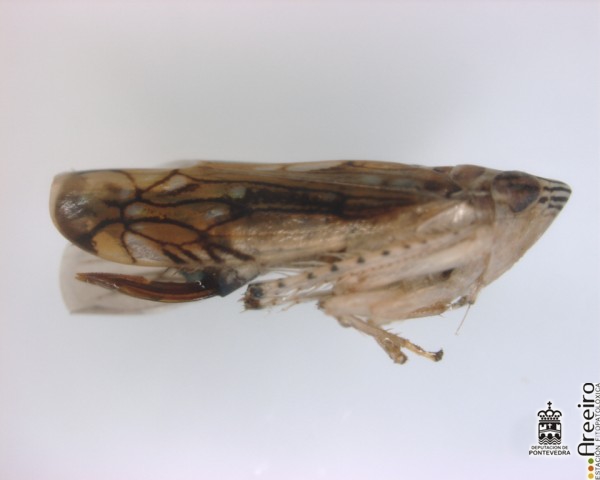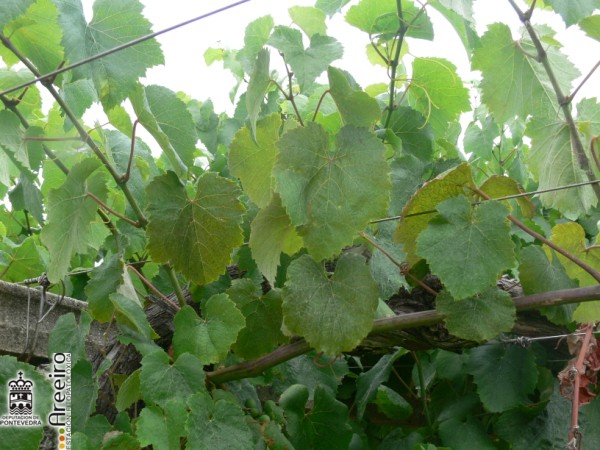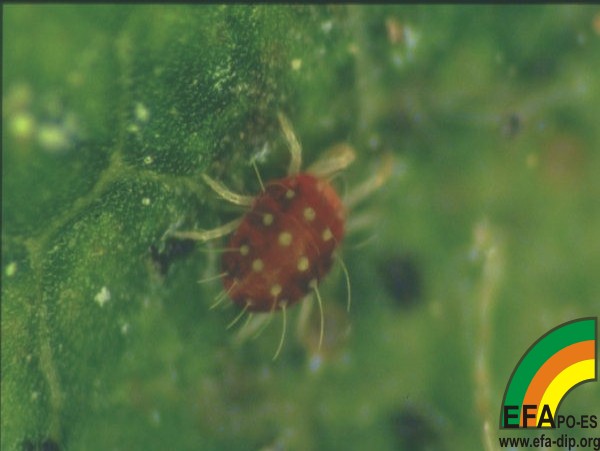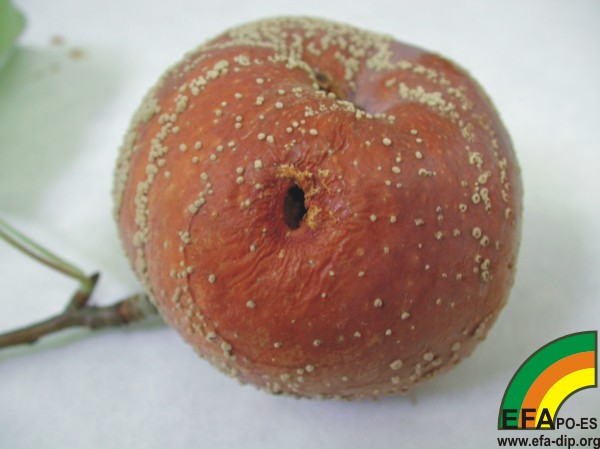|
|
Grapevine and Apple tree |
| |
|
|
|
Grapevine and Apple tree |
| |
|
|
|
Grapevine, Apple tree and Pine |
| |
|
|
|
Grapevine, Apple tree, Oak and
Pine |
| |
|
|
|
Grapevine, Apple tree and Oak |
| |
|
|
|
Grapevine |
| |
|
|
|
Grapevine, Apple tree and Several
crops |
| |
|
|
|
Grapevine, Apple tree, Stone fruits and
Maize |
| |
|
|
|
Grapevine, Apple tree and
Maize |
| |
|
|
|
Grapevine, Apple tree and Chesnut
tree |
| |
|
|
|
Grapevine, Apple tree and Chesnut
tree |
| |
|
|
|
Several Crops, Grapevine and Walnut
tree |
| |
|
|
|
Grapevine and Apple tree |
| |
|
|
|
Grapevine, Apple tree, Several crops and Forestry
species |
| |
|
|
|
Grapevine and Apple tree |
| |
|
|
|
Grapevine, Apple tree y
Cítrics |
| |
|
|
|
Grapevine, Apple tree, Quince tree and
Camellia |
| |
|
|
|
Grapevine, Kiwi plant and
Camellia |
| |
|
|
|
Grapevine and Apple tree |
| |
|
|
|
Grapevine |
| |
|
|
|
Grapevine, Apple tree, Peach tree and
Evonymus |
| |
|
|
|
Grapevine, Various Crops, Kiwi plant, Oak and
Camellia |
| |
|
|
|
Grapevine and Apple tree |
| |
|
|
|
Grapevine, Apple tree and Oak |
| |
|
|
|
Grapevine |
| |
|
|
|
Grapevine |
| |
|
|
|
Pine, Apple tree, Stone Fruit Trees and
Ornamentals |
| |
|
|
|
Fruit Trees, Grapevine and Devices to apply
Phytosanitary Products |
| |
|
|
|
PHYTOSANITARY WARNING
30/07/2009
| GRAPEVINE Phenological stage: Bunch closure-
veraison (initial) |
Mildew: |
In our monitoring
plots we have only observed new symptoms of the disease on untreated control
vines. At the veraison stage (so far we have only observed symptoms on some
bunches in O Rosal and O Condado areas) the risk of bunch damage is low, but
given the severity of the infections recorded along this summer and the
environmental conditions registered, we must still be alert. Thus, we shall
renew the treatments if symptoms are observed and/or in case the
protection period of a previous treatment is about to
conclude.
|
Oidium: |
We have only observed
new symptoms of the disease occassionaly in those plants which have not been
subjected to a treatment along the year.
|
Botrytis:
 |
We have not observed
new affected berries, but the persistent warm and humid environmental
conditions of these days, make it neccessary to monitor the plants and to
improve the sanitary condition of grapevines so as to reduce any damage that
could be caused by the pathogen.
|
Moths: |
Once again the number
of captures in the traps has been low, and only sporadically eggs or larval
penetrations have been registered. It is not necessary to
treat.
|
Green mosquito and and
cicadellidae: |
 If in previous
phytosanitary warnings we reported an increase on the number of captures
recorded in the traps placed in our monitoring plots, along this week insect
populations have remained unchanged. On the other hand, we must pay special
attention to the possibility of apparition of Scaphoideus titanus,
at least in southern areas (where it has been previously detected), since in
the last year, first adults were seen at this time of the season. If in previous
phytosanitary warnings we reported an increase on the number of captures
recorded in the traps placed in our monitoring plots, along this week insect
populations have remained unchanged. On the other hand, we must pay special
attention to the possibility of apparition of Scaphoideus titanus,
at least in southern areas (where it has been previously detected), since in
the last year, first adults were seen at this time of the season.
|
Mites: |
 Calepitrimerus vitis - In some grapevines located in O
Salnés area we observed plants with symptoms of mite
attack. Anyway, we must be aware that before treating plants, its
presence and number should be confirmed, since the application of an
acaricide could affect beneficial mites and favour the attack of phytophagous
mites. Calepitrimerus vitis - In some grapevines located in O
Salnés area we observed plants with symptoms of mite
attack. Anyway, we must be aware that before treating plants, its
presence and number should be confirmed, since the application of an
acaricide could affect beneficial mites and favour the attack of phytophagous
mites.
|
| APPLE
TREE |
Scab: |
The risk
of infection persists until the end of the year and, given the warm and humid
conditions recorded, we recommend to keep plant monitoring and treat again in
case new symptoms appear or if plants are not protected. In case plants are
treated, we must pay attention to the withdrawal period of the selected
funguicide, especially in those varieties that will be harvested
soon.
|
Cydia
pomonella: |
We have
not recorded any capture in the pheromone traps placed in our monitoring plots.
However, fruits must be checked in search of larval penetrations in the
fruit.
|
Red
spider: |
 Mobile stages of the mite on new
shoots have been observed again in some areas. However, its incidence must be
confirmed before treating. Mobile stages of the mite on new
shoots have been observed again in some areas. However, its incidence must be
confirmed before treating.
|
| Others: |
 In those varieties being in the ripening stage, the fruits
that have drop or fallen to the ground should be removed, since they
are likely to be affected by monilia or botrytis under the
present humid environmental conditions. In those varieties being in the ripening stage, the fruits
that have drop or fallen to the ground should be removed, since they
are likely to be affected by monilia or botrytis under the
present humid environmental conditions.
|
| PINE |
Proccesionary: |
 This lepidoptera continues its flight, since they were still
captured in the traps placed in our monitoring plots. This lepidoptera continues its flight, since they were still
captured in the traps placed in our monitoring plots.
|
|

